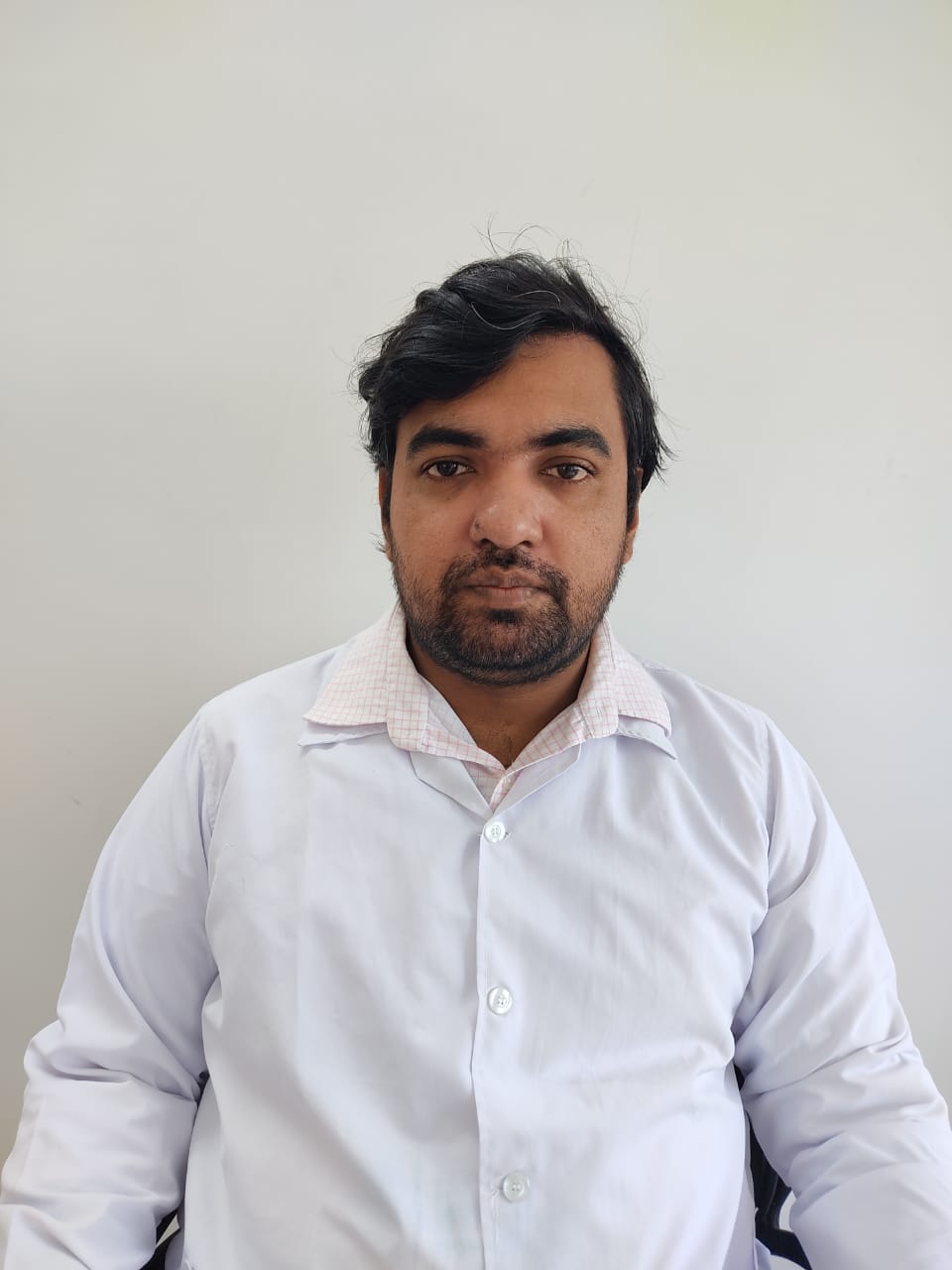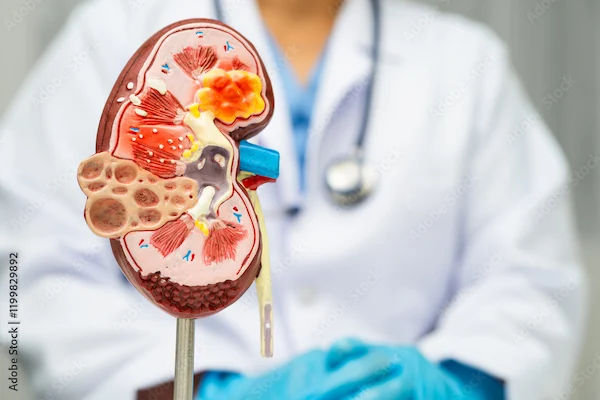What Does DVT Stand For?
DVT stands for Deep Vein Thrombosis. Learn what DVT is, its causes, common symptoms like leg pain and swelling, the serious risks it poses (like pulmonary embolism), and crucial prevention methods to protect your health.

Written by Dr. Vasanthasree Nair
Reviewed by Dr. Dhankecha Mayank Dineshbhai MBBS
Last updated on 29th Jul, 2025

Introduction
If you’ve come across the term DVT and wondered what it means, you’re not alone. DVT stands for Deep Vein Thrombosis, a condition where a blood clot forms in one of the deep veins of your body, usually in the legs. While it may sound scary, understanding DVT can help you recognize its signs early and take the right steps to stay healthy.
In this article, we’ll break down what DVT is, its symptoms, causes, and how it affects your health. We’ll also share simple ways to manage and prevent it.
What Is Deep Vein Thrombosis (DVT)?
DVT occurs when a blood clot forms in a deep vein, most commonly in the legs. These clots can block blood flow, causing pain and swelling. In rare cases, a piece of the clot can break off and travel to the lungs, leading to a pulmonary embolism (PE), which is a medical emergency.
Common Symptoms of DVT
Not everyone with DVT experiences symptoms, but if you notice any of the following in your leg, it’s best to consult a doctor:
Swelling (usually in one leg)
Pain or tenderness (often starting in the calf)
Red or discolored skin
Warmth in the affected area
If you suddenly experience shortness of breath, chest pain, or coughing up blood, seek emergency care immediately—these could be signs of a pulmonary embolism.
What Causes DVT?
Several factors can increase your risk of developing DVT, including:
1. Prolonged Immobility – Sitting for long hours (like during flights or bed rest after surgery) slows blood flow.
2. Injury or Surgery – Damage to veins can trigger clotting.
3. Medical Conditions – Certain illnesses like cancer, heart disease, or clotting disorders raise the risk.
4. Pregnancy & Hormones – Increased estrogen (from birth control or hormone therapy) can make blood clot more easily.
5. Obesity – Extra weight puts pressure on veins.
6. Smoking & Age – People over 60 and smokers have a higher risk.
How Does DVT Affect Your Health?
If left untreated, DVT can lead to serious complications:
Pulmonary Embolism (PE) – A lifethreatening condition where a clot blocks blood flow to the lungs.
Post-Thrombotic Syndrome (PTS) – Long-term pain, swelling, and skin changes due to vein damage.
The good news? Early detection and treatment can prevent these problems.
Get Your Symptoms Checked By Top Specialists
How Is DVT Diagnosed and Treated?
If your doctor suspects DVT, they may recommend:
Ultrasound – The most common test to detect clots in veins.
Blood Tests (Ddimer) – Helps identify abnormal clotting.
CT or MRI Scans – Used in rare cases for a clearer view.
Treatment Options
Treatment options are:
1. Blood Thinners (Anticoagulants) – Medications like warfarin or heparin prevent clots from growing.
2. Compression Stockings – Improve blood flow and reduce swelling.
3. Clot Busters (Thrombolytics) – Used in severe cases to dissolve clots quickly.
4. Filters (IVC Filters) – A small device placed in veins to catch clots before they reach the lungs.
Tips to Prevent DVT
You can lower your risk with simple lifestyle changes:
Stay Active – Take short walks, stretch, or move your legs if sitting for long periods.
Stay Hydrated – Drinking water helps prevent blood from thickening.
Maintain a Healthy Weight – Reduces pressure on veins.
Avoid Smoking – Smoking increases clotting risks.
Wear Compression Stockings – Especially if you’re at high risk (e.g., after surgery).
When to See a Doctor?
If you notice signs of DVT or have risk factors, don’t wait. Early treatment can save lives.
Need expert advice? You can book a consultation with a specialist on Apollo 24|7 for personalized care.
Final Thoughts
DVT is a serious but manageable condition. Knowing the symptoms and risk factors helps you take action early. Simple lifestyle changes and medical care can keep you safe and healthy.
If you have concerns about DVT, don’t hesitate to reach out to a healthcare provider. Stay informed, stay active, and take care of your veins!
Consult Top Specialists
Get Your Symptoms Checked By Top Specialists

Dr. Poonam Bhagat
General Physician/ Internal Medicine Specialist
20 Years • MBBS, MD
Kolkata
KVC CLINIC, Kolkata
(50+ Patients)

Dr. Mary Susan K S
General Physician/ Internal Medicine Specialist
13 Years • MBBS, MD INTERNAL MEDICINE
Bengaluru
Apollo Clinic, Sarjapur Road, Bengaluru
Dr. Sujay P R
General Physician/ Internal Medicine Specialist
3 Years • MBBS
Bengaluru
PRESTIGE SHANTHINIKETAN - SOCIETY CLINIC, Bengaluru

Dr. Mijanur Rahaman Mondal
General Practitioner
3 Years • MBBS
Kolkata
Dr Utsa Basu Clinic, Kolkata
(25+ Patients)

Dr. Neelam Vasudeva
General Physician/ Internal Medicine Specialist
13 Years • MBBS, MD (GENERAL MEDICINE)
Bengaluru
Svasthya Health, Bengaluru
Consult Top Specialists

Dr. Poonam Bhagat
General Physician/ Internal Medicine Specialist
20 Years • MBBS, MD
Kolkata
KVC CLINIC, Kolkata
(50+ Patients)

Dr. Mary Susan K S
General Physician/ Internal Medicine Specialist
13 Years • MBBS, MD INTERNAL MEDICINE
Bengaluru
Apollo Clinic, Sarjapur Road, Bengaluru
Dr. Sujay P R
General Physician/ Internal Medicine Specialist
3 Years • MBBS
Bengaluru
PRESTIGE SHANTHINIKETAN - SOCIETY CLINIC, Bengaluru

Dr. Mijanur Rahaman Mondal
General Practitioner
3 Years • MBBS
Kolkata
Dr Utsa Basu Clinic, Kolkata
(25+ Patients)

Dr. Neelam Vasudeva
General Physician/ Internal Medicine Specialist
13 Years • MBBS, MD (GENERAL MEDICINE)
Bengaluru
Svasthya Health, Bengaluru




